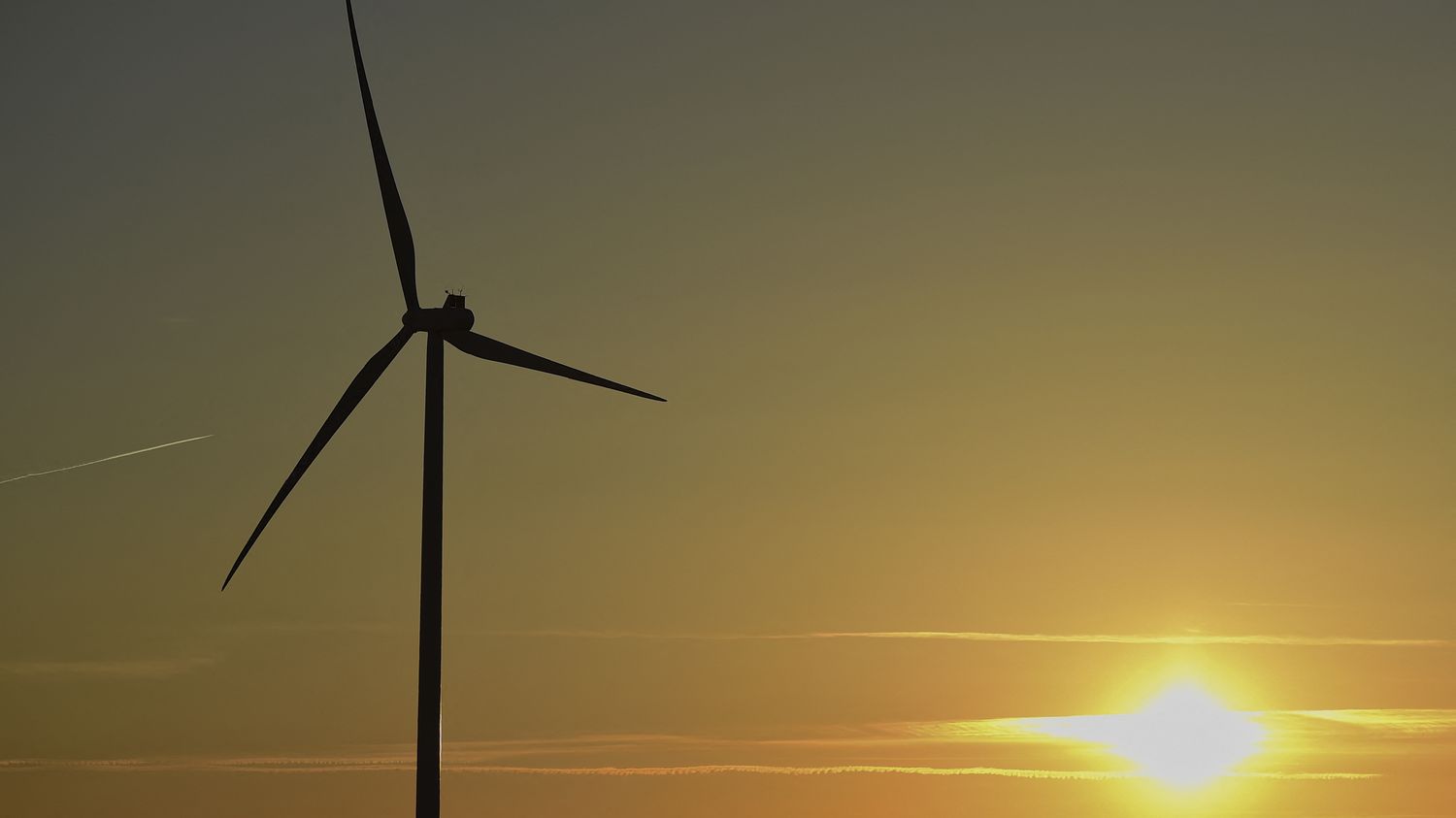This increase in the share of renewables in electricity consumption is a logical consequence of the increase in the number of wind turbines and solar panels in France, with differences depending on the region.

Published
Reading time: 2 min

A symbolic milestone was reached last year in France: the share of renewable energies exceeded 30% in total electricity consumption for the first time. This is an increase of six points compared to the previous year. The figure comes from the 2023 panorama published Thursday March 29 by players in the energy sector, including Enedis and RTE. This result is, among other things, the logical consequence of the increase in the number of wind turbines and solar panels in the region. The production of renewable energies has thus exceeded 135 terawatts/hour, the unit of measurement for energy companies, an increase of 23% compared to 2022.
And if hydraulic power, that is to say dams, remains the first renewable energy in proportion in France, solar and especially wind power have seen spectacular increases. Offshore wind power even brings a small cost for the first time thanks to the parks installed off the coast of Saint-Brieuc and Fécamp. All this, however, needs to be qualified because the volumes still remain rather modest: around 50 terawatts/hour for wind power and 21 for solar power. At the same time, nuclear power alone represented 320 terawatts/hour, or nearly two-thirds of total electricity production in France, while the fleet of power plants was not operating at full capacity due to works on several reactors.
Behind Germany, Spain or Portugal
In France, there are notable differences between regions when it comes to renewable energy. Hauts-de-France appears to be the champions of France in onshore wind power while New Aquitaine, on the contrary, stands out in solar power. This obviously depends on weather factors as well as the volume of installed wind turbines or photovoltaic panels. In New Aquitaine, the production of electricity using solar energy, for example, made it possible to cover more than 13% of regional electricity consumption last year, or eleven times more than in Normandy or Hauts. -de-France and four times more than in the Grand Est.
According to the overview, France has achieved its intermediate objectives in terms of electricity production capacity based on renewable energy at 93%. In other words, France has a delay estimated at half a year for solar power and almost a year and a half for onshore wind power. Due to the historical presence of nuclear power in our energy mix, France appears to be lagging behind the European average, where the share of renewables has already exceeded 40% in total electricity production. Germany and Spain have even crossed the 50% threshold in 2023, while Portugal has reached 61%.
